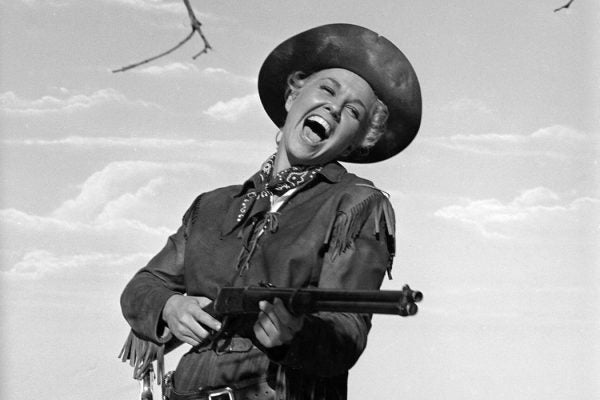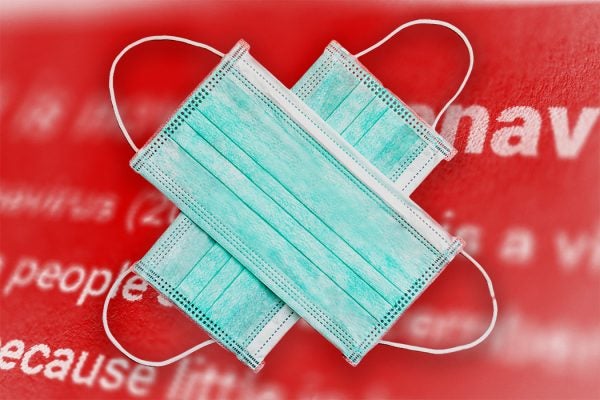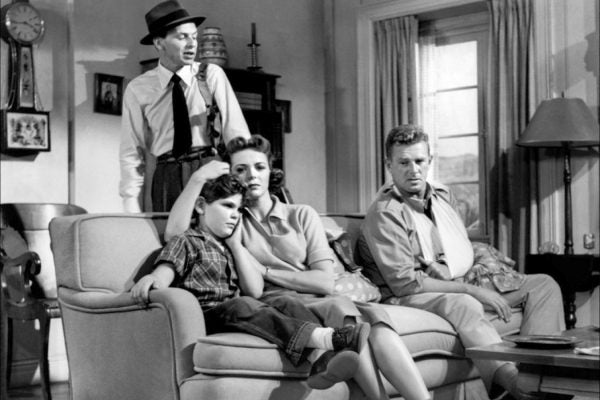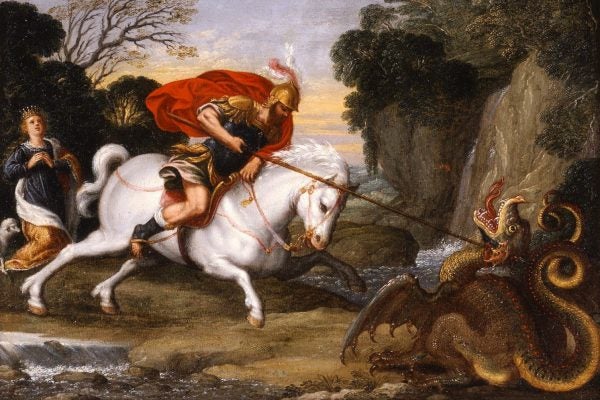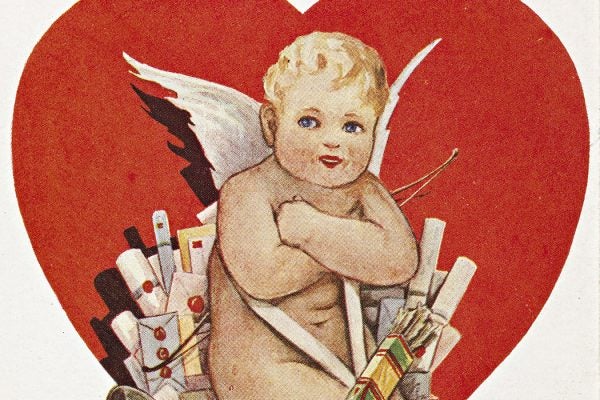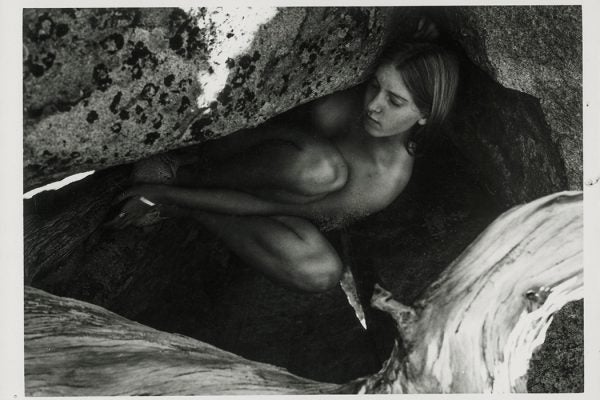Doris Day Changed Us Forever
What did women coming of age in the 1950s think of Doris Day in Calamity Jane? Does her filmography have the same meaning now?
When Language Goes Viral
How do innocuous words become insidious in the face of a public health emergency?
How the Rothko Chapel Creates Spiritual Space
Fourteen colossal black paintings by the modern artist Mark Rothko are installed in an octagonal room in Texas. Visitors say the chapel brings them peace.
How Do We Know That Epic Poems Were Recited from Memory?
Scholars once doubted that pre-literate peoples could ever have composed and recited poems as long as the Odyssey. Milman Parry changed that.
The Sinatra Movie Some Blamed for JFK’s Death
In the 1950s, Frank Sinatra starred in Suddenly, a movie that happens to depict a plot against the President.
AITA for Being Obsessed with Ethics in Pop Culture?
Reddit's popular AITA forum lets readers post and weigh in on everyday ethical questions. But it isn't the first public venue for those discussions.
How Saint George’s Dragon Got Its Wings
As time went on, the dragons in Russian iconography slowly became more Western in style—just like Russia itself.
Why Cupid Rules Valentine’s Day
The rascally cherub has been part of Valentine's Day lore since Chaucer’s time.
Madame Sul-Te-Wan’s Forgotten Brilliant Career
The mysteriously named Madame Sul-Te-Wan was the first black actress to land a Hollywood studio contract.
Photographer Francesca Woodman’s Haunting Dissolutions
Woodman's imagery engaged with architectural and natural landscapes that were themselves in a state of change and decay.
